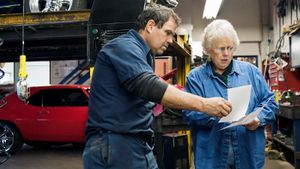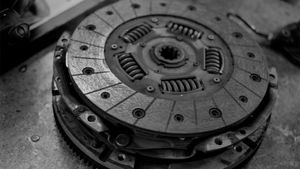
About This Quiz
"Varoom! Varoom!" Without your transmission, that's about all your car would do while you sit idle in your driveway. Your transmission is made up of the parts within your vehicle that connect the engine to the wheels. It allows for your engine and wheels to move safely under the proper amount of torque and with variable speeds. In short, that number you love to read about with sporty new cars, the 0-to-60 mph time? You can thank your transmission for speeding up the process.
In the early years of the 21st century, nearly half the cars on the market were available in both manual and automatic transmission; now, that number is rapidly decreasing. And you manual lovers should know you only account for about three percent of the drivers out on the road in the last decade. To understand your transmission, how it works and that it even exists is something of specialty these days. If you can answer questions such as, "what connects the gears to the drive shaft?" or what a "CVT" or the "clutch pedal" is, it means you are among a select group when it comes to transmission knowledge.
So, let's rev up your transmission knowledge and get your wheels in motion. The questions on this quiz will get your gears moving you from 0 to 60 in three seconds flat so it's time to go!Â
Advertisement
Advertisement
Advertisement
Advertisement
Advertisement
Advertisement
Advertisement
Advertisement
Advertisement
Advertisement
Advertisement











